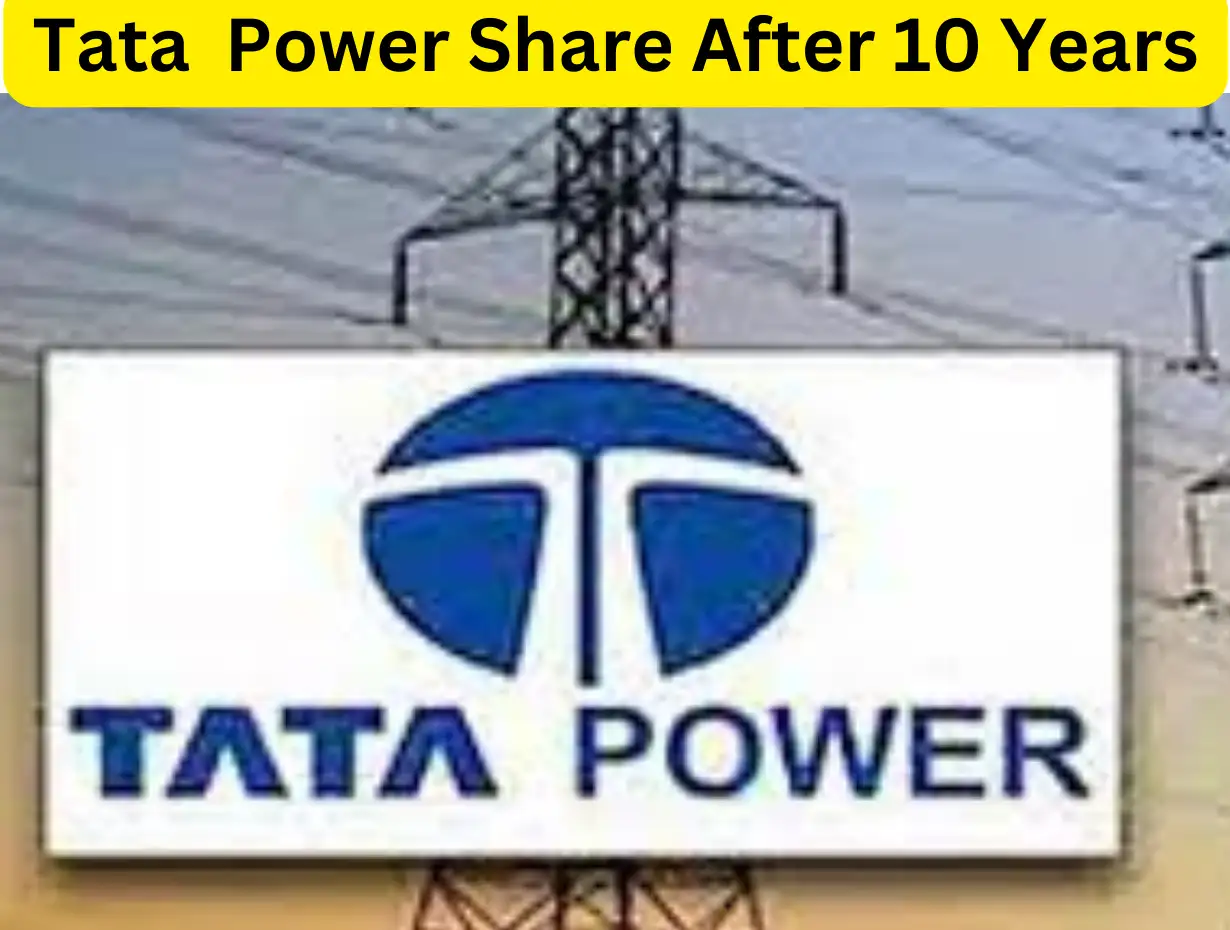Tata Power: A Deep Dive into the Indian Energy Giant
Tata Power, a leading integrated power company in India, stands as a titan in the nation’s energy landscape. From humble beginnings in 1911, it has transformed into a diversified powerhouse, encompassing the generation, transmission, distribution, and trading of electricity. Today, we delve deep into the intricacies of Tata Power, analyzing its financial performance, future prospects, and the factors shaping its trajectory.

Financial Performance under the Lens:
- Revenue: In FY23, Tata Power reported a consolidated revenue of Rs. 37,124 crore, marking a robust 24% year-on-year growth. This upsurge was driven by strong performance across all segments, particularly the renewable energy and distribution businesses.
- Profitability: The company’s net profit rose by 18% to Rs. 5,537 crore in FY23, reflecting efficient cost management and operational improvements.
- Debt: Tata Power carries a significant debt burden, with a debt-to-equity ratio of 2.3x as of March 2023. While manageable, reducing this debt will be crucial for long-term financial sustainability.
- Liquidity: The company maintains a healthy current ratio of 1.2x, indicating its ability to meet short-term obligations.
A Glimpse into the Future:
- Renewable Energy Thrust: Tata Power is aggressively pursuing renewable energy, with a target of achieving 50% of its generation capacity from clean sources by 2030. This strategic shift aligns with India’s growing emphasis on sustainability and positions the company for future growth.
- Distribution Expansion: The company is expanding its distribution footprint, aiming to add 10 million new consumers by 2025. This will strengthen its market share and drive revenue growth.
- Challenges Ahead: Rising coal prices and geopolitical uncertainties pose challenges for Tata Power’s thermal power generation segment. Additionally, managing the integration of renewable energy into the grid requires significant investments and technological advancements.
Key Financial Ratios:
| Ratio | FY23 | Interpretation |
|---|---|---|
| Debt-to-Equity Ratio | 2.3x | Moderate debt level, but requires reduction for long-term stability. |
| Current Ratio | 1.2x | Adequate liquidity to meet short-term obligations. |
| Return on Equity (ROE) | 12.5% | Decent profitability, but room for improvement. |
| Return on Assets (ROA) | 5.3% | Efficient utilization of assets, but can be further enhanced. |
Tata Power stands as a resilient player in the Indian energy sector, demonstrating robust financial performance and a promising future fueled by its renewable energy push. However, managing debt, navigating the evolving energy landscape, and optimizing its operations will be critical for the company to maintain its leadership position in the years to come.
Positive factors:
- Growing energy demand: Global energy demand is expected to continue increasing, fueled by population growth and economic development. This could benefit Tata Power, a leading Indian power company.
- Focus on renewable energy: Tata Power is investing heavily in renewable energy sources like solar and wind power. This could attract investors looking for companies committed to sustainability.
- Favorable government policies: The Indian government is promoting renewable energy and electric vehicles, which could benefit Tata Power.
- Strong financial performance: Tata Power has a relatively robust financial position with a steady track record of dividend payments.
Negative factors:
- Competition: The Indian power market is becoming increasingly competitive, with new players entering the market.
- Regulation: The Indian government could introduce new regulations that could impact Tata Power’s profitability.
- Uncertainty in global markets: Global economic and political events could lead to volatility in the stock market, impacting Tata Power’s share price.
Some analysts have predicted that Tata Power’s share price could reach ₹510-550 by 2025 and ₹1200-1420 by 2030. However, these are just estimates, and the actual performance could be significantly different.
Recommendations:
- Do your own research: Before making any investment decisions, it’s important to do your own research and consider your own risk tolerance.
- Diversify your portfolio: Don’t put all your eggs in one basket. Invest in a variety of stocks and assets to spread out your risk.
- Seek professional advice: Consider consulting with a financial advisor who can help you make informed investment decisions based on your individual circumstances.
- Tata Power Company Ltd. share price: https://www.indiainfoline.com/company/tata-power-company-ltd-share-price/554
- Tata Power Company Ltd. analyst ratings: https://economictimes.indiatimes.com/tata-power-company-ltd/stocks/companyid-12918.cms
- Tata Power Company Ltd. news and analysis: https://www.moneycontrol.com/india/stockpricequote/power-generationdistribution/thetatapowercompany/TPC
Ultimately, the decision of whether or not to invest in Tata Power is up to you.
Disclaimer: This analysis is based on publicly available information and should not be considered financial advice. Always consult with a qualified financial advisor before making investment decisions.